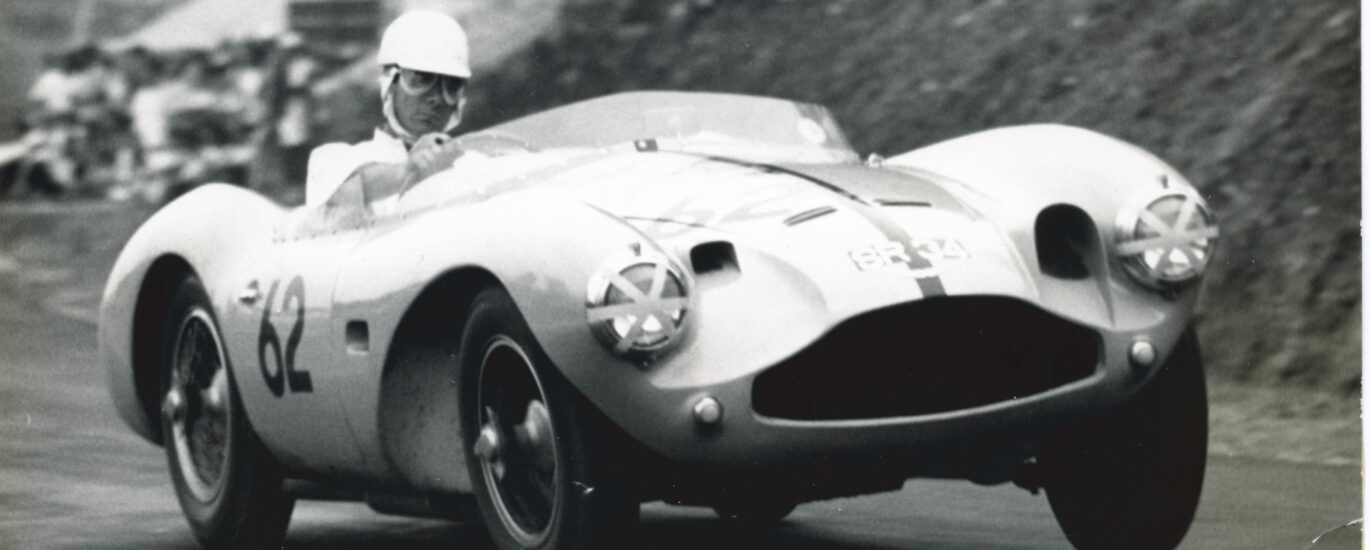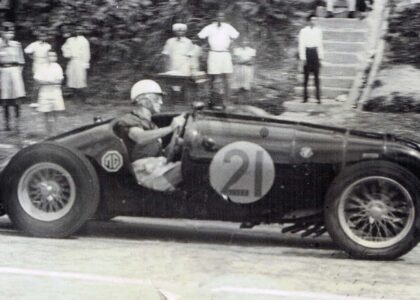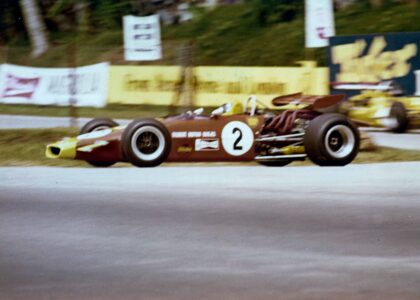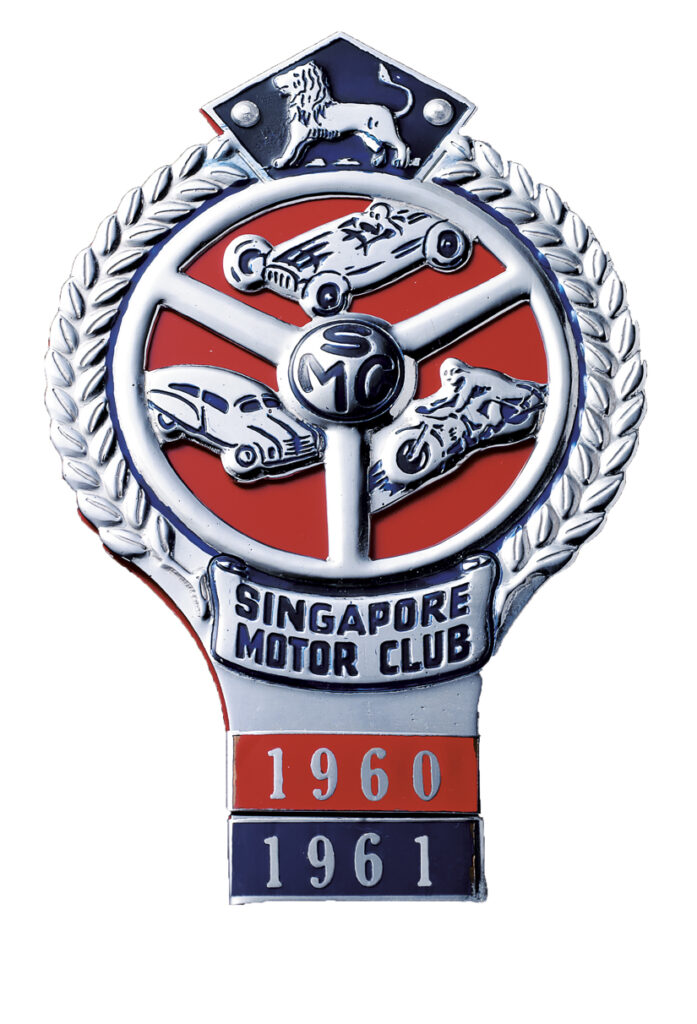
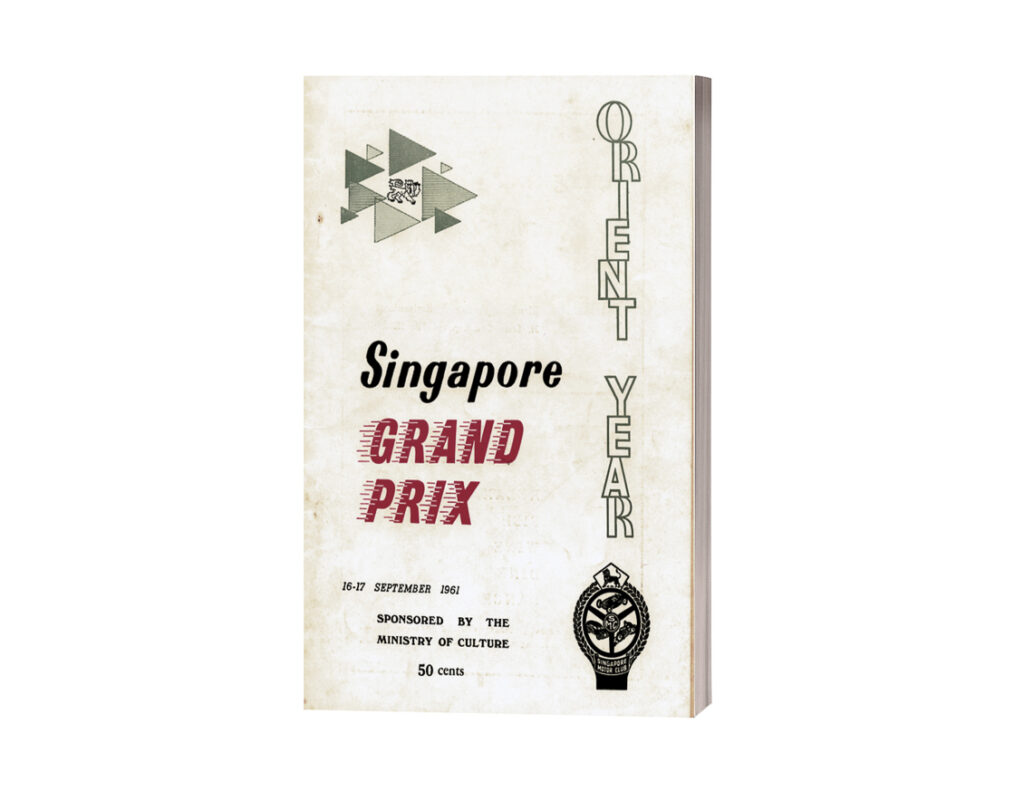
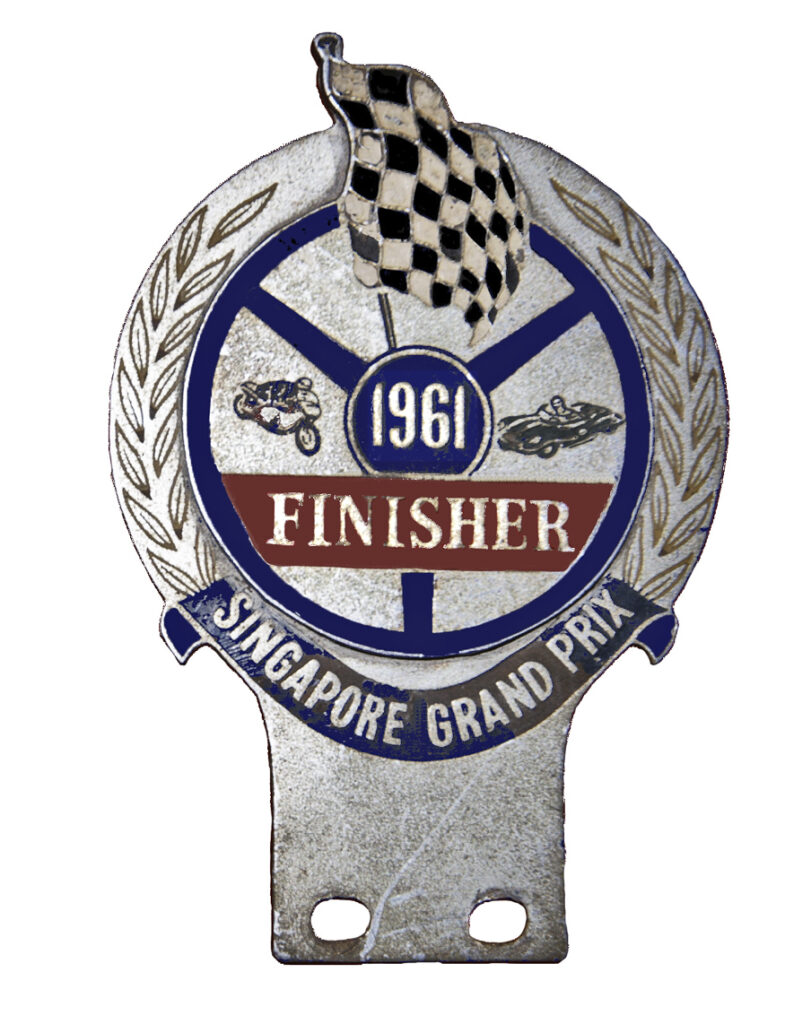
This short tribute is in honour of the very first Singapore Grand Prix that was held in September 1961. Much of this text comes from Snakes & Devils – A History of The Singapore Grand Prix (Marshall Cavendish, February 2008). New photos have been added so this doesn’t look like a rehash of something published previously.
The Editor, Rewind Media Pte Ltd
“It is with great pleasure I can address you regarding the above-mentioned Event. Your Committee have been endeavouring for a long time to promote our own island Grand Prix. This has at last been made possible with the support of the Ministry of Culture and Government generally, and now have that which I feel sure will become an International meeting in the near future. The course itself is very interesting because of its numerous bends and climaxes in a straight of approximately one mile capable of taking cars, driven properly, up to a speed of 150 mph.”
Freddie Pope, President, Singapore Motor Club in 1961
The early 1960s was an exciting period in South East Asia. Merger and conflict occupied the headlines in the local press. These were still austere years for Malaysia and Singapore. The swinging sixties had yet to arrive. However 1961 would go down in the history of South East Asia as being one of the most exciting for motor sport enthusiasts in the region.

Not two and a half months prior, in June 1961, Johore held its own Grand Prix with the Singapore Motor Club (SMC) organising and running the event. Immediately following, the SMC was at the heart of activities again spearheading Singapore’s inaugural Grand Prix. This was scheduled on 16th and 17th September on a street circuit along Upper Thomson where the main straight was part of a major trunk road connecting the city with Mandai, Woodlands and Johore. The SMC, under Freddie Pope as President, an engineer with a penchant for speed events, had long looked forward to such an event. The timing of Singapore’s first Grand Prix was idea as the region collectively celebrated “Visit the Orient Year” that year.

1961 was “Visit the Orient Year” in South East Asia. In many respects Singapore was entering a new phase of uncharted waters and self-rule. No one was making any predictions about the Grand Prix becoming part of the annual calendar except perhaps the Grand Prix Committee and some die-hard enthusiasts within the club.
Jimmy Lockerbie, representing the Royal Automobile Club of Britain, and E.A. Crabbe and F.J. “Jacko” Williams were the three race stewards of the meeting. “Jacko”, an expert on internal combustion fuels, was one of the founding committee members of the SMC when it was first formed in 1948. Both Allen Crabbe and “Jacko” were on the 1949 Johore Grand Prix committee.
Less ambitious than the 14-event Johore Grand Prix held earlier in the year, the first Singapore Grand Prix hosted nine races over two days, four of which were for motorcycles. Grandstand seats sold at S$9 per person, a hefty sum, for ten grandstands situated around the course. Spectators watching from the general enclosures around the track were charged S$1 per ticket for the race day. So overwhelming was demand that the corrugated fencing around the circuit was breached during the weekend and ticket sales had to be halted at the Nee Soon and Sembawang Circus entrances by police an hour after the first races had begun.
By 1961, international racing was beginning to be dominated by firms making little cars, the simplicity of their design and crudeness of construction bearing witness to the paucity of resources. In the Far East however, the preferred racing cars of the early 1960s remained the big sports cars – the Jaguars E-Type being the archetypal car, although the “little firms” such as Cooper, Lotus and Lola were already making their presence felt.

To win the main event in any Grand Prix would require the best possible machinery and tyres money could buy as well as the best support and strategy. The more experienced drivers knew the drill. Singapore’s Chan Lye Choon, winner of the 1958 Macau Grand Prix, understood that while his Cooper JAP may have been the most nimble car on any tight circuit, but it was never going to last the distance. Lye Choon was very much cognizant of the competition. A pair of Lotus Eleven Le Mans Climax posed the biggest threats. Lye Choon realised he needed something better to beat the Lotuses. The Lola Mk1 had all the right ingredients – low weight, high cornering power with independent suspension, reliability, and long-range tanks especially added for the Singapore Grand Prix.
$1,000 and a Gold Cup awaited the winner of the last race of the 1961 Singapore Grand Prix weekend. In the heat of a balmy Singapore afternoon, 60,000 spectators strained to watch the grid of 29 cars battle it out in what was to become a long and torturous race of attrition that would see 17 cars drop out by mid-distance.
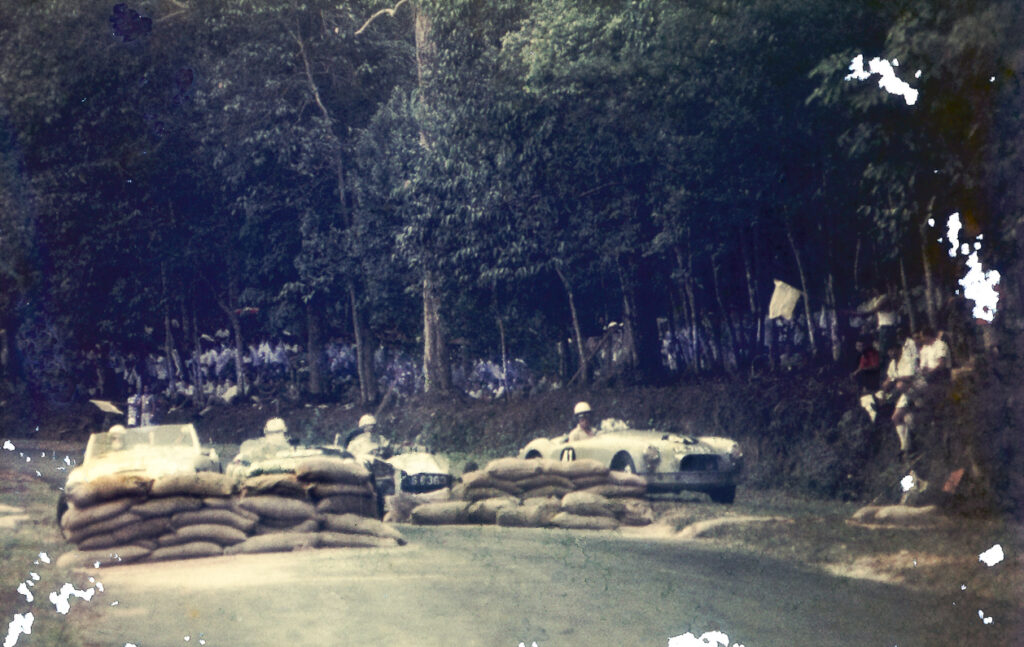
Chan Lye Choon’s Lola Mk1 Climax had pole position and looked to have had the race sewn up as he rocketed away, ahead by half the length of the straight by the end of the first lap! Jan Bussell’s Ferrari Monza kept within the Lola’s sights, with Peter Cowling’s Formula 2 Cooper behind the Ferrari. Peter would pull over at Peak Bend after lap 3 with a seized transmission, the end of his race.
Malaysia ace driver Saw Kim Thiat, now more familiar with his ex-Peter Heath Lotus Eleven Climax, started to reel in Lye Choon and the Lola and when Lye Choon took a detour at Range Hairpin, Kim Thiat assumed a comfortable lead over Ian Barnwell in the charging Aston Martin DB3S. Lye Choon clawed his way back into the lead on lap 15, the Lola clearly the fastest car on the track that afternoon. This until his Coventry Climax engine started to overheat, forcing him to crawl back into the pits. Kim Thiat assumed the lead once more but still had Ian’s charging Aston on his heels. Whichever way Kim Thiat looked, there was one of Lye Choon’s cars hounding him.
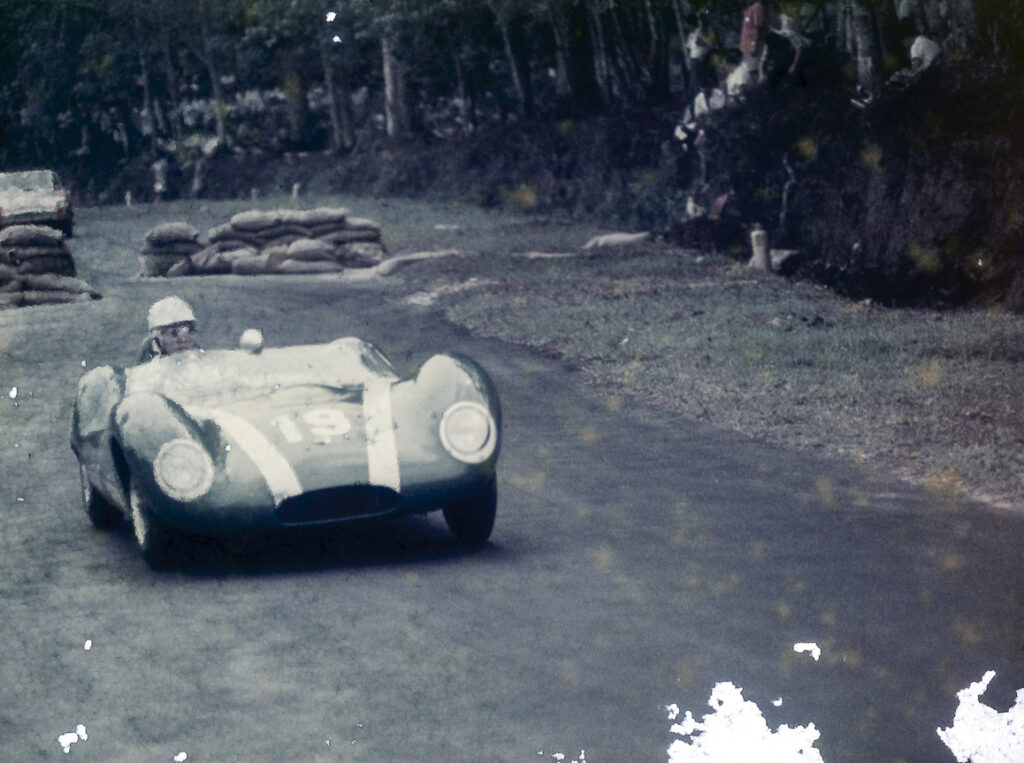
By half distance there were just twelve cars left in what was turning out into a race of attrition. Jan’s Ferrari was out, having run a strong second behind Kim Thiat initially. Bernard Arnold’s Cooper Jaguar and Dick Clinkard’s Rudd Speed Austin Healey 3000 were slugging it out, the Cooper Jaguar with indecent speed down the straight while the big Healey with its more modern set-up and better road holding doing better on the back section of the circuit. Garage owner Tan Ah Bee had his Ford Zephyr Sports up to fifth place at this stage.
By now, the race had become a procession. Ian in his Aston suddenly found he was in the lead on lap 41 as Kim Thiat had to pit to take on fuel, the Lotus’ tanks not large enough to run on a single fill for 180 miles. Kim Thiat’s problems were just beginning, the car now running hot after a fan belt had burst. This necessitated the removal of the front bodywork; similar to what Stanley Leong’s Ferratus had had to endure.
At the end of the day, Ian Barnwell won in his Aston Martin ahead of Saw Kim Thiat in his Lotus. Dick Clinkard in his Austin Healey came in third, Bernard Arnold in his Cooper Jaguar fourth, and Tan Ah Bee in the Zephyr fifth. So ended Singapore’s first Grand Prix, a resounding success.
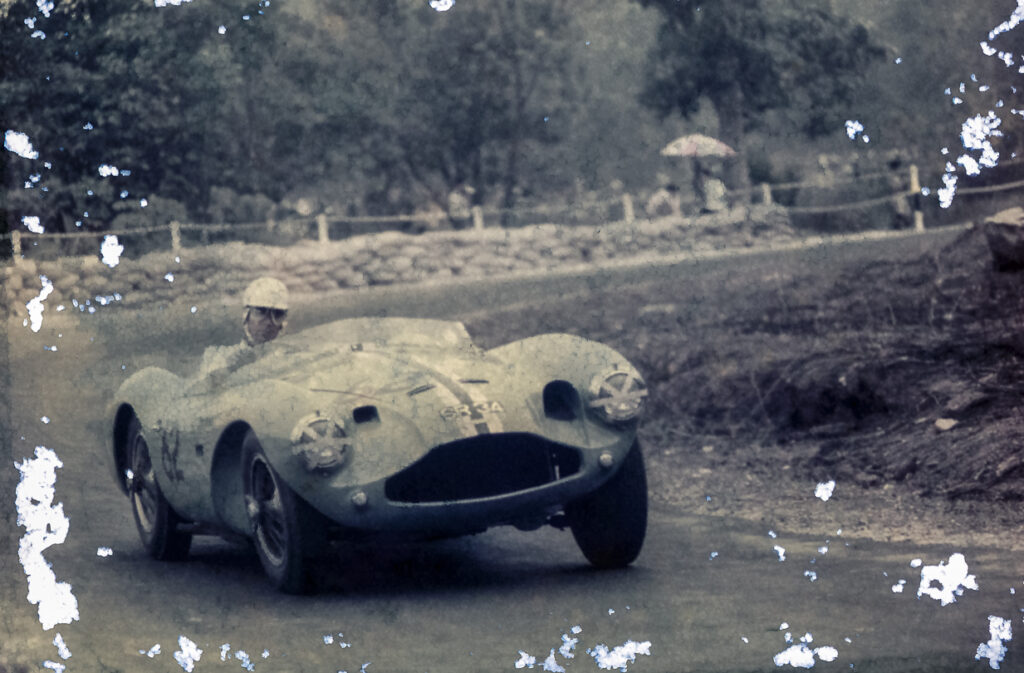
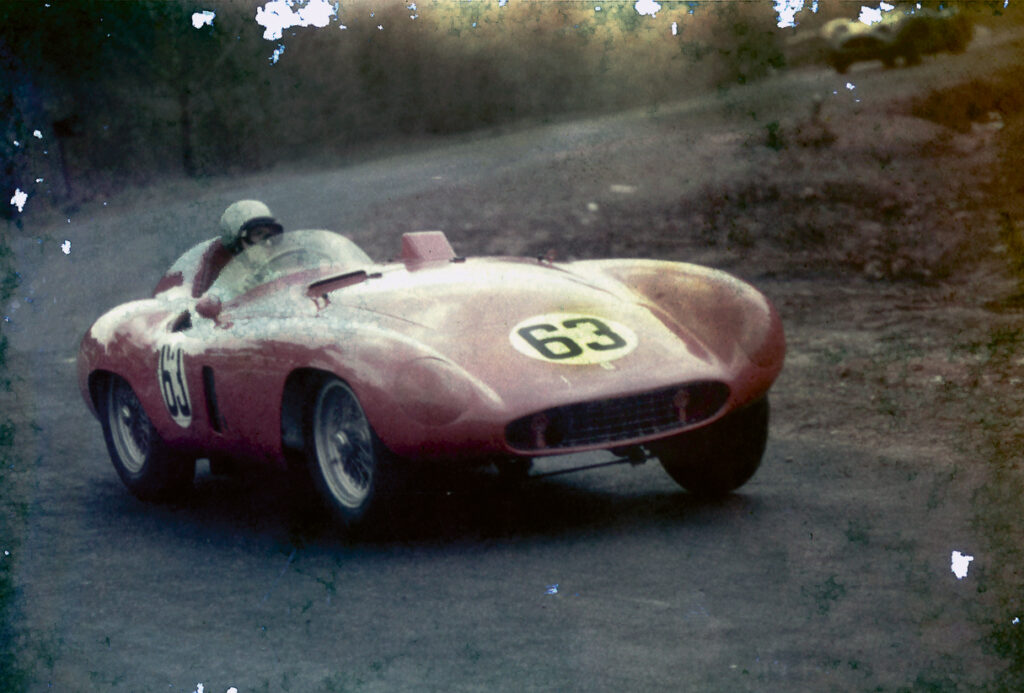
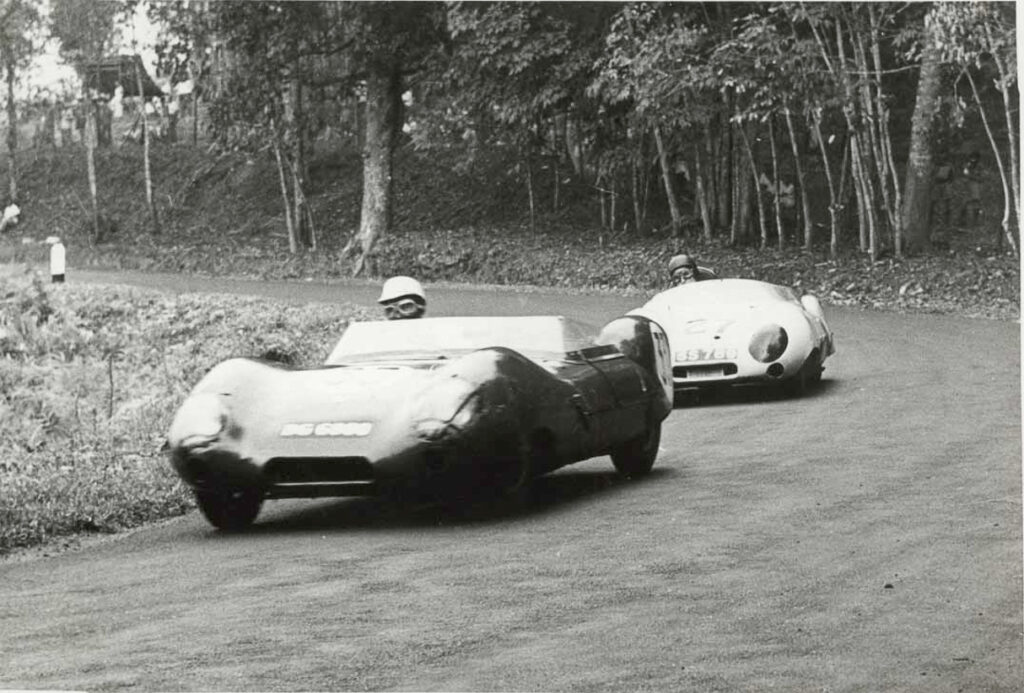
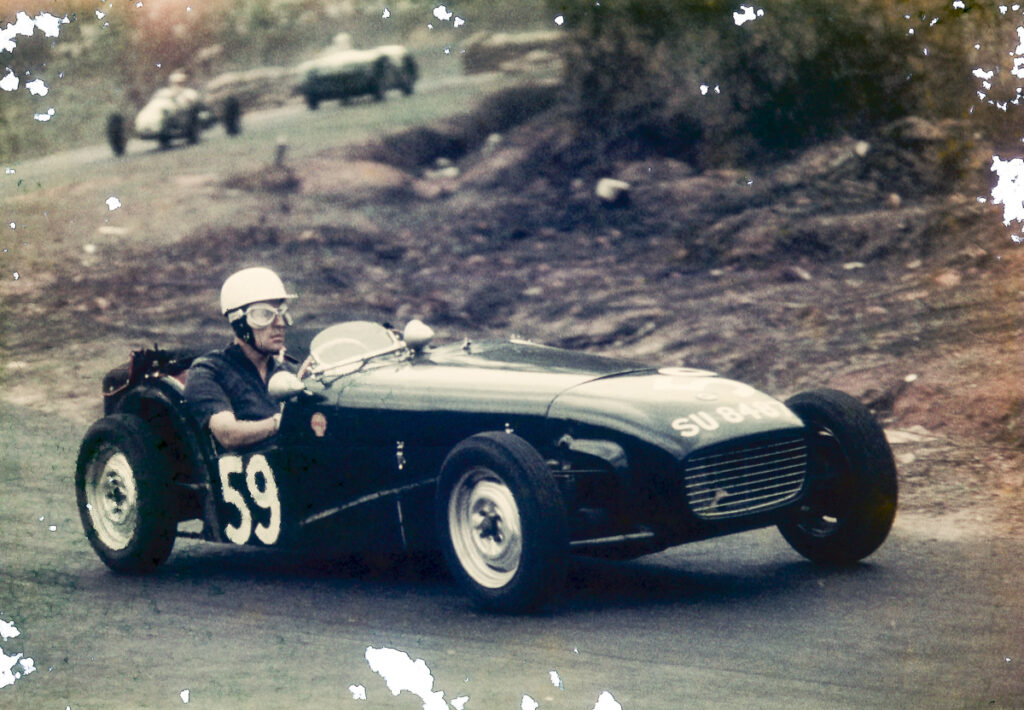
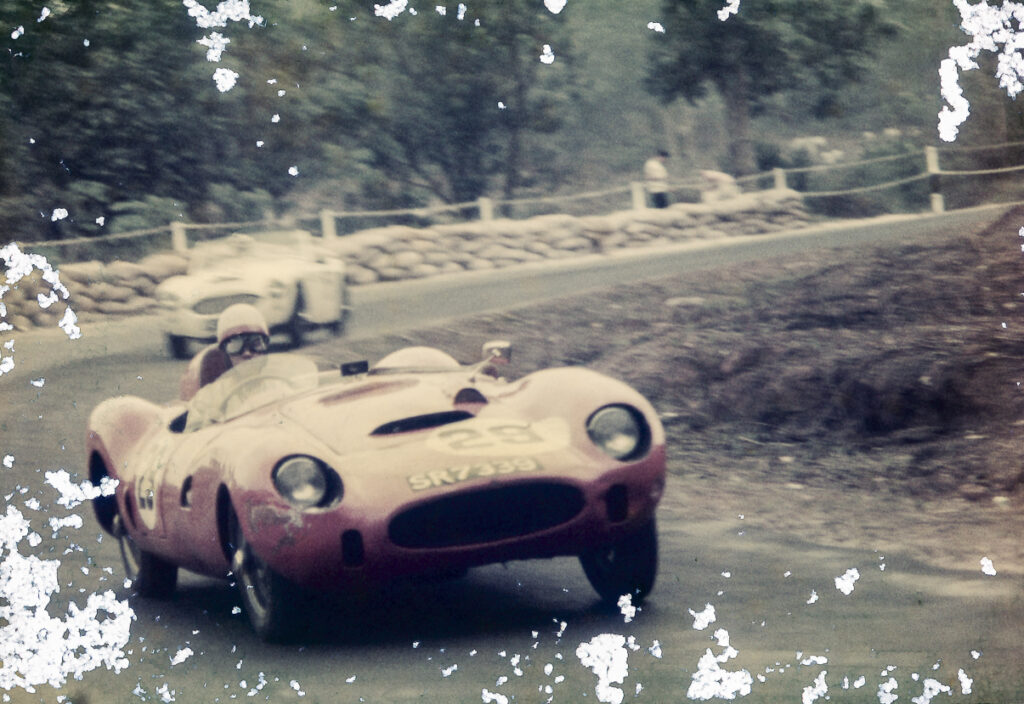
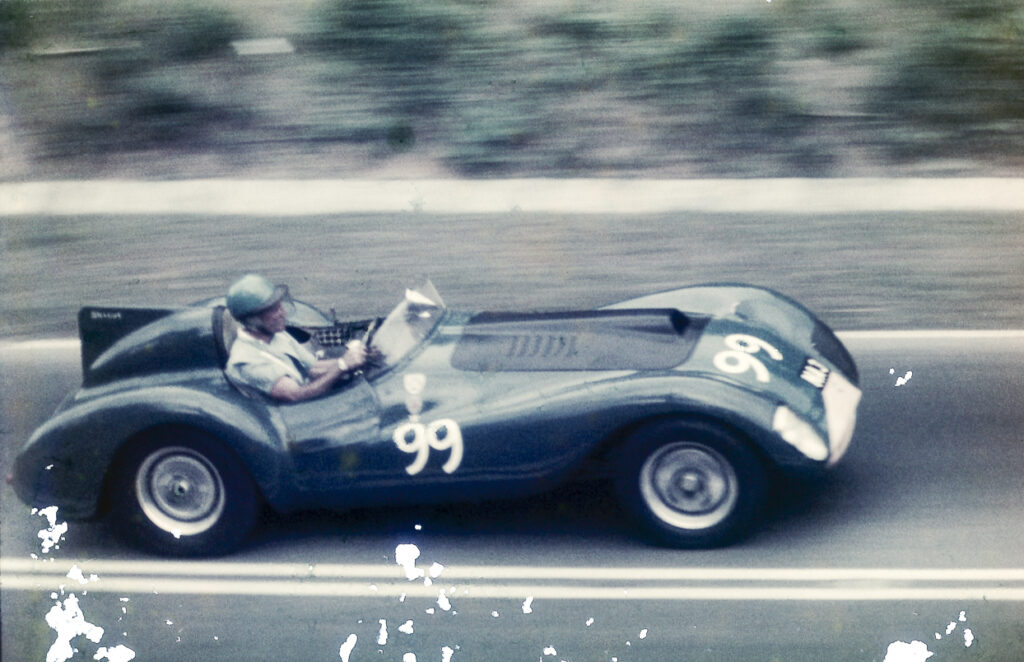

For more on this history of the Singapore Grand Prix, check out this link to the book Snakes & Devils – A History of the Singapore Grand Prix:

